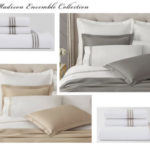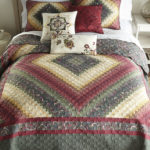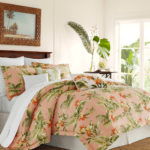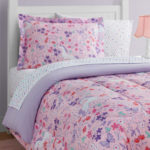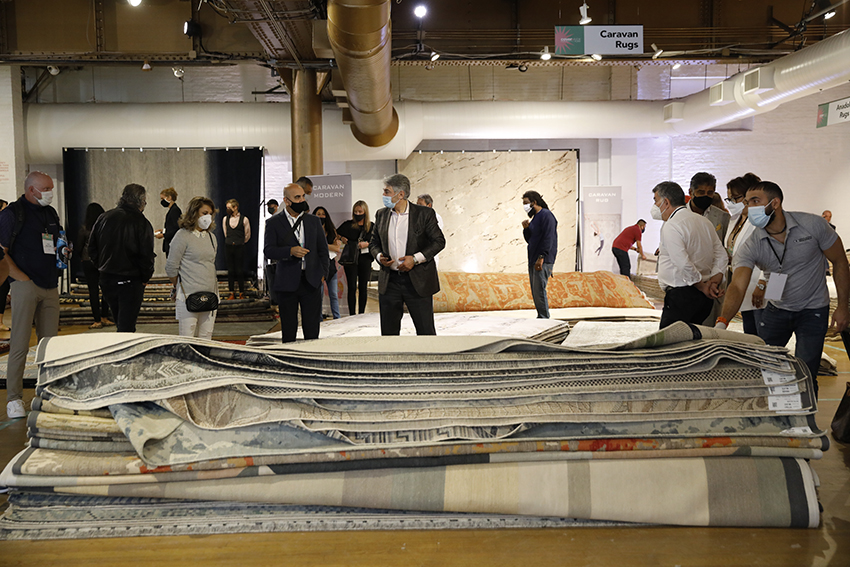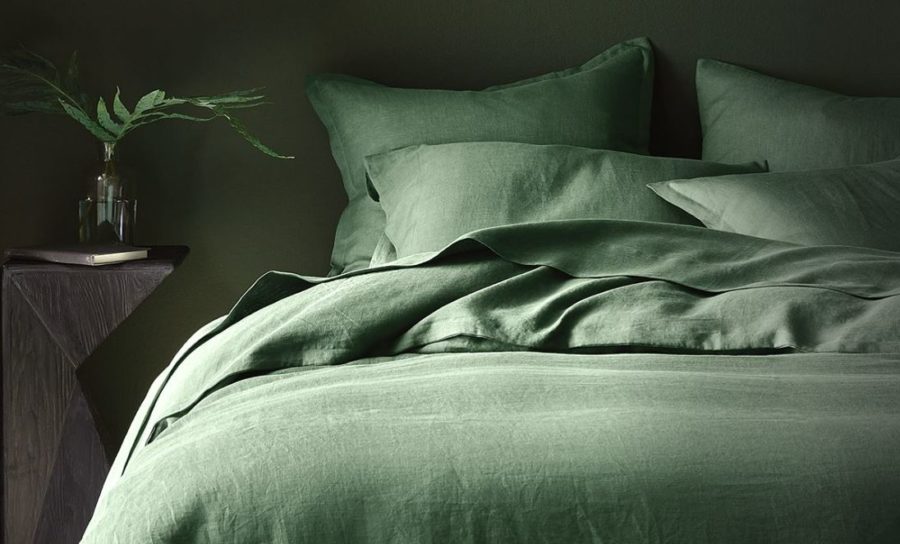
WASHINGTON—Consumers are expected to spend more this year on back-to-school products as families gear up to devote at least some school time to online learning.
According to a survey by the National Retail Federation and Prosper Insights & Analytics, parents of students in elementary through high school will spend nearly $100 more than last year, with an average bill per family of $789.49 versus last year’s record-setting $696.70. Those with college students will dish out an average of $1,059.20 per family, which is up from the record of $976.78 last year.
Looking at the bigger picture, spending for non-college students is expected to total $33.9 billion, while money allotted for back-to-college will total $67.7 billion. That brings total combined spending to more than $100 billion for the first time.
The most recent data as of July 15 from The Chronicle of Higher Education on plans for about 1,200 colleges and universities show that 55 percent are preparing for in-person learning, while 30 percent will offer a hybrid model and 10 percent will be online only. Those numbers have skewed away from in-person learning and toward the hybrid and online models since mid-June.
As reported in the July/August issue of HFN, online sales for dorm-related products such as bedding, headboards and storage rose for at least one online retailer during the period when stores were completely shutdown. But doubt about the strength of in-store back-to-school campaigns linger as textile suppliers noted some companies canceled or delayed orders because of the pandemic.
“By any measure, this is an unprecedented year with great uncertainty, including how students will get their education this fall, whether they are in kindergarten or college,” said Matthew Shay, president and CEO of NRF. “Most parents don’t know whether their children will be sitting in a classroom or in front of a computer in the dining room, or a combination of the two.”
The vast majority (88 percent) said COVID-19 will affect their shopping in some form this year, with 43 percent saying they plan to do more online shopping, including on websites of brick-and-mortar retailers, and 30 percent saying they’ll do comparison shopping.
“With consumers cautious about how much time they spend in public, there is likely to be less going store-to-store to comparison shop this year,” said Phil Rist, executive vice president of strategy at Prosper Insights. “College shoppers in particular may be planning to choose just one or two places to pick up the items they need rather than browsing at multiple locations. And college students beyond their first year may already have most of the big purchases they need.”
Among back-to-college shoppers, dorm furnishing purchases were expected to rise slightly, going from an average of $120.19 last year to $129.76 this year. Sixty percent said they were planning to buy electronics, with the average spend rising to $261.52, an increase from $234.69.
Just 17 percent of the 7,481 consumers surveyed during the first week of July had finished their back-to-school shopping. Among those with shopping left to do, 54 percent said it was because they didn’t know what they will need. Only 10 percent had received supply lists, but 40 percent expected to do so by the end of July, with an additional 30 percent citing the end of August as the date.
One of the reasons for the overall uptick in likely spending is the need for computers. The survey found 63 percent of K-12 families said they expected to buy computers or other electronics this year versus 54 percent who said that last year.
I'm Joanne Friedrick, research editor for the Home Furnishings Division. I began my career as a newspaper editor and then became a trade journalist, covering myriad industries including pension funds, supermarkets, gourmet food and security systems, just to name a few. Most recently, I entered the home furnishings category as a contributor for HFN and Home Textiles Today before transitioning into research where I now get to tell the stories behind the numbers for all of the HFD titles.






